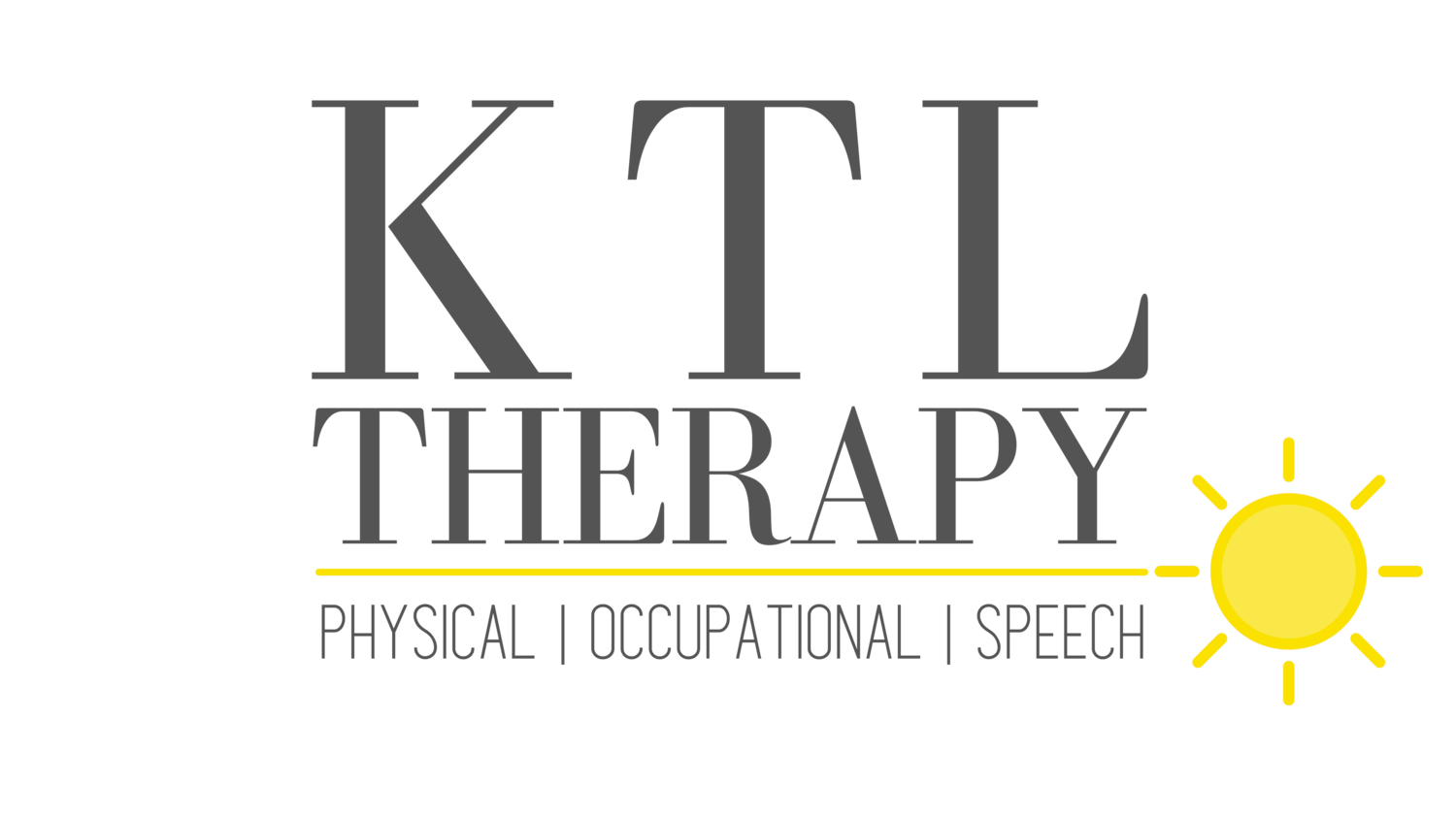Practicing “S” Sounds at Home
Imitation is a great way to teach a new speech sound such as the S.
As you saw in the video with Kelly and Frankie, your child can observe your mouth and copy the speech sound that is produced. First, you make the S sound, and then your child attempts this sound.
In reverse imitation, you can demonstrate the difference between the correct S sound and the sound that your child is producing. Let him listen to you and point out when you have made a correct S sound or an incorrect S sound by giving a thumbs up or thumbs down, or another type of cue (a smiley emoji and a straight face emoji on your phone or tablet).
Make a game of it!
You can also show your child where to place her lips and tongue to make the S sound. Show her a video, a diagram, or your own mouth.
If your child is making a “slushy” or lateral S sound, this means that the air stream is directed to the sides of the mouth instead of down the center of the tongue. This is a difficult error to correct as the child needs to essentially change the position of her tongue within her mouth. But don’t worry, our skilled Speech-Language Pathologists can help!
If your child is making a T or D sound instead of an S, then she is making the long sound short. To help remove the “stop” have the child add the H after she says the S sound. It should sound like SSSSS + hun or S + hope and S + he. You can also demonstrate the hissing sound by holding a feather or piece of paper in front of your mouth while you make the S sound. You can run your finger down your arm or the child’s arm to demonstrate the length of the sound (like Kelly & Frankie did in the video).
It is also important to have your child’s hearing screened at school or by a doctor when sound errors are detected. On rare occasions, there could be a hearing loss that affects speech sound production.
Keep Sessions Short
Try to keep the practice fun and relaxed! If your child is still struggling to accomplish the correct sound, don’t continue to practice the incorrect speech sound.
Stop, take a break for the day, and then try again later.

